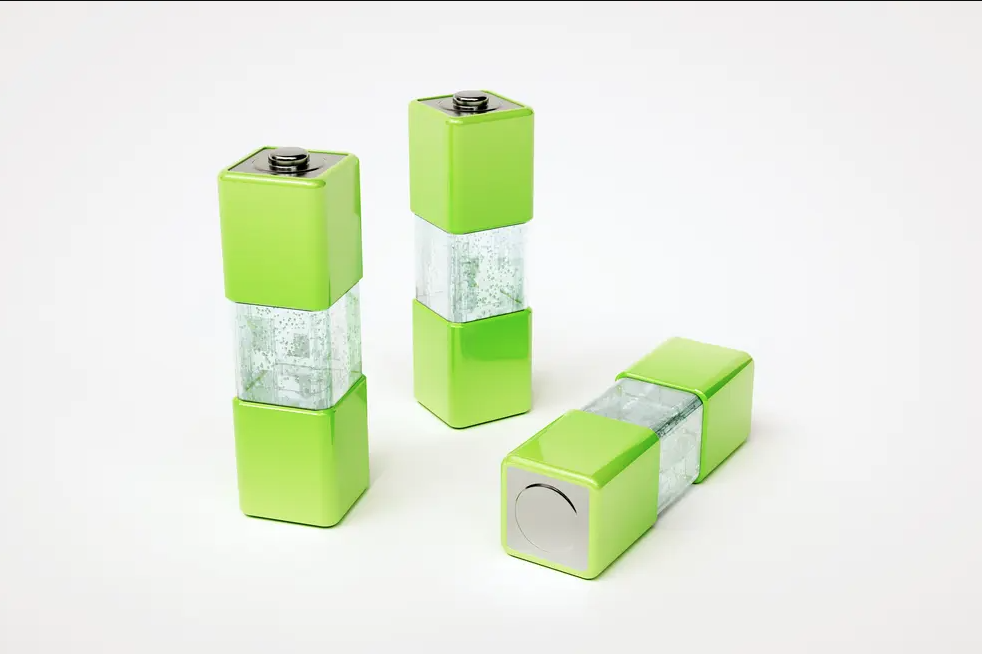New advances for seawater batteries thanks to the addition of chelating agents in the cathode
() – They are an offshoot of sodium ion storage technology but call for various components and construction methods. One of the newest developments in electrochemical storage is the topic of discussion: sea water batteries. They employ seawater and sodium ions to produce energy, making them a more affordable and environmentally friendly choice than the more conventional rechargeable lithium-ion devices. Today, a method to improve its performance has been discovered, opening the door to a new generation of rechargeable, thanks to fresh research from Pohang University of Science and Technology in South Korea.
Seawater batteries, how does it work?
The seawater batteries have three components: an anodic section, a cathodic part, and a membrane that selects sodium ions to transmit charge. Typically, an organic electrolyte and metallic sodium combine to generate the anodic component. Depending on the reaction process employed, cathodic seawater and a current collector or electrode made of a different material. What is definite is that the typical cathode-ray materials of sodium ion batteries cannot be used due to its unique architecture and electrochemical processes.
However, the field in which researchers work is still quite young. The initial device used a battery whose cell could not be refilled, even though the first salt water battery dated back to the middle of the last century. 2014 was required for the accumulating industry to start taking secondary (and thus rechargeable) seawater batteries seriously. Its performance has since been enhanced and reviewed by numerous industrial studies, but there are still certain obstacles to be addressed. Engineers from Pohang University have set an even higher standard.
The solution of PoTech
The team, led by Professor Changshin Jo, started from the use of nickel hexacyanoferrate (NiHCF) as a cathodic intercalation material for their “marine” battery. It is an easily synthesized, economical and environmentally friendly compound that is carving out its space in the segment. The problem? Its manufacture produces a structure full of defects.
To solve this problem, the team synthesized NiHCF with a chelating agent that could determine a significant difference in particle shape and structure. The resulting design promotes electrochemical performance: the group’s seawater batteries have performed 2,000 charging and discharging cycles while maintaining about 92.8% of initial capacity. The results were published in the Chemical Engineering Journal.

